Ethan Brandt
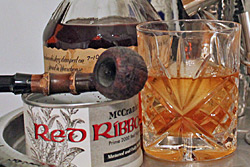 Welcome, friend. What’s your poison? We as pipe smokers, whether we actively accept this aspect of ourselves or not, are at least slightly fascinated with the old fashioned, the antique, the archaic, or, as we prefer to call it: the Classic.
Welcome, friend. What’s your poison? We as pipe smokers, whether we actively accept this aspect of ourselves or not, are at least slightly fascinated with the old fashioned, the antique, the archaic, or, as we prefer to call it: the Classic.
I remember recently reading a post on a Facebook page dedicated to gentlemanly pipe smokers, where the members shared their obsessions other than pipes. Responses included pocket-watches, well-cut suits, knives, hats, old-school lighters, and beyond. Perhaps the most common classic obsessions that I have noticed many pipe smokers share is an appreciation for a well-crafted cocktail. After all, a cocktail is very similar to a tobacco blend: some are simple and showcase one dominant flavor, while others show finesse in combining flavors that might not be expected but result in a transcendental experience. Arguably, at least I will happily argue, that many of the best cocktails are some of the oldest. Far too frequently, these delicate masterpieces are ignored in favor of their modern decedents, like the "Jäger-bomb", that abandon technique in favor of a quick buzz.
That is what this monthly column will seek to fight against. Instead, we will revisit the older, classic cocktails that were enjoyed in speakeasies, which master mixologists would prepare with absolute care of proportions. It is my hope that this will encourage you all to go out and order one of these classics and then share your experience with the cocktail.
Since we’re discussing old fashioned cocktails, there seems no better place to start than with the Old Fashioned. The Old Fashion is known as the "World’s First Classic Cocktail" and has an initial recipe dating all the way back to 1806.1 This places the recipe well before the origin of the martini or the daiquiri.
Initially, the drink was a simple play off of straight whiskey, where a bitters soaked sugar cube was ground into water, chilled with ice, and then, more often than not, the bartender passed the whiskey to the patron to pour as much as he desired. You can almost see it and hear it, can’t you? The good-natured bartender patiently allowing a single sugar cube to infuse with the botanical bitters before crushing it into a small portion of water, then a deliberately chosen chunk of ice – enough to chill the drink, but not enough to destroy the flavor of the whiskey – clinks into the preferred glass (now called an Old Fashioned glass). Finally, the bartender slides the bottle across the bar to you with a smile.
Eventually, mixologists started to notice that the public was responding well to variations upon a simple whiskey. So, naturally, they started to experiment more and trying newer, more exotic flavors. Not everyone was so keen on that, however, so patrons starting ordering an old-fashioned cocktail, giving the cocktail the name that has since become so famous.2
There are predominant camps when it comes to the preparation of the Old Fashioned. The schism appears to have its origin in the American Prohibition. In the 1930s, a new method of preparation involving muddling fruit into the drink emerged, either through actually using a muddler or shaking the cocktail with ice and fruit in a shaker. The likely reason for this is that the quality as well as quantity of alcohol decreased during Prohibition. Those who were able to surreptitiously acquire whiskey were stuck with a lower quality product. The solution? Add fruit to conceal the flavor of the low quality spirit.
This new trend continued well beyond Prohibition and can still be seen occasionally when ordering an Old Fashioned today. So, let’s get down to the business of making and tasting this classic cocktail.
As mentioned, there are two primary camps:
Purist:
- Place one sugar cube in the bottom of an Old Fashioned glass
- Soak the sugar cube using two or three dashes of bitters
- Add a small splash of water
- Crush the sugar using a wooden muddler, ideally, but a spoon will work
- Add one good sized ice cube (one large cube just looks better)
- Add two ounces of whiskey – rye or bourbon, your call.
Prohibitionist / Modern (Method 1):
- Muddle fruit (usually cherry or orange peel or both), sugar, and two or three dashes of bitters in a pint glass
- Add ice and two ounces of whiskey
- Shake and serve over ice with a fruit garnish of orange slice, cherry, or both
Prohibitionist / Modern (Method 2):
Same as above, except don’t muddle, just shake ingredients and ice together, allowing the ice to muddle the mixture
There are, of course, other variations, but this essentially sums up the major schools of thought.
In my first stop in exploring this cocktail, I hit up my usual watering-hole, The Scottish Arms, in Saint Louis. A Scottish pub, as shown by its food and scotch selection, whose bartenders I have come to know and trust. I saddled up and stated my purpose. The bartender produced a Prohibitionist version of the cocktail, muddling a cherry and orange peel, along with orange infused bitters and a packet of sugar. As a finishing touch, she temporarily ignited the orange peel garnish to help it release its oils and aroma.
The cocktail was pinkish in hue and quite fruity. It was quickly apparent to me why this method would have gained popularity during the Prohibition: despite using a good rye, I could barely make out the rye’s qualities because of all of the fruit flavors. Though enjoyable and sweet, I’m someone who like to be able to appreciate the primary ingredient, which I could not in the heavy Prohibitionist version.
Next, onto Taste in the Central West End area of Saint Louis. This bar is known for its fine cocktails and puts quite an effort into its classics, devoting an entire section of its cocktail menu to "classics". The classics section was even organized chronologically, though it placed the mint julep as the earliest, immediately before the Old Fashioned…I’ll have to check this out soon! As for the cocktail, this was served in a middle-of-the-road style, with the orange and lemon peel served only as a garnish, allowing the fruits’ oils to give a very mild flavor. I really liked this rendition, as it still gave a slight fruitiness while allowing the bourbon to shine. This would probably be my preferred preparation method for a hot summer day.
Finally, in my own, modest home bar. Without even going out to pick up supplies, I had all the ingredients for a purist rendition of an Old Fashioned – simplicity being one of the beautiful qualities of the drink. It took me very little time to make and I took great satisfaction from actually grinding the soaked sugar cube into the glass. Since I was home and away from disapproving eyes, I decided to pair my final Old Fashioned of the day – yes, I drank all three renditions in one day – with some aged McCranie’s Red Ribbon out of an Adam Davidson fig. This version of the Old Fashioned is my personal favorite. The bourbon shines and the hint of botanicals from the bitters, the sweetness of the sugar, and the cold water and ice made this an extremely drinkable, nuanced, yet minimalistic cocktail. Paired with the sweet Virginia of the Red Ribbon, both complimented each other without one overpowering the other.
Overall, this is a cocktail I knew I enjoyed previously and one for which I have an even greater appreciation now.
What about you, fine people? Which method do you prefer for your Old Fashioned? Which tobacco do you pair yours with? Try it out at home and be sure to let us know your thoughts in the comments section below.
Editor’s Note: You can see our exclusive video of the making of the Old Fashioned just below. We were graciously hosted by Jeremy Wallace, the owner of The Cask & Ale in Downtown St. Petersburg, Florida, which is one of my favorite and often frequented places.
[HTML1]
Places mentioned in the article:
The Cask & Ale
29 3rd St N
St. Petersburg, FL 33701
727-800-6922
http://www.thecaskandale.com/
The Scottish Arms
8 S Sarah St
St. Louis, MO 63108
314-535-0551
http://www.thescottisharms.com/
Taste
4584 Laclede Ave,
St. Louis, MO 63108
314-361-1200
http://tastebarstl.com/
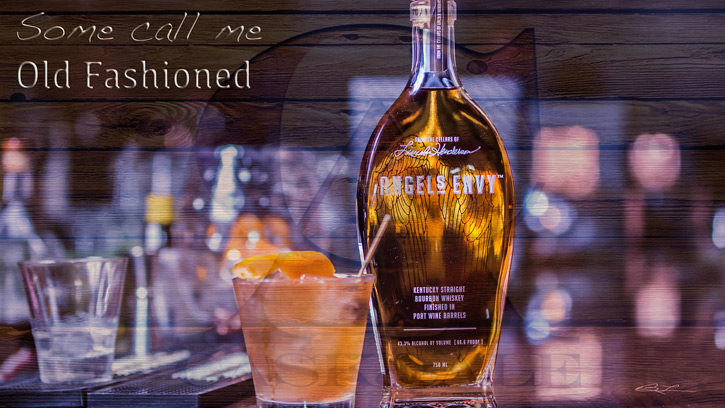
Photo by Barry Lively of B. Lively Images
—————————-
1. See "The Old Fashioned: The Story of the World’s First Classic Cocktail, With Recipes and Lore", by Robert Simonson.
2. Simonson.
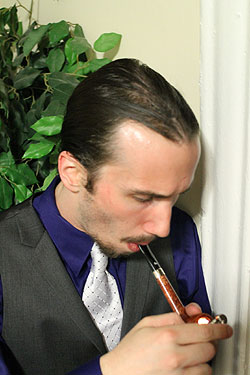
Ethan Brandt is a second-year Law student at Washington University in St. Louis, focusing primarily on Constitutional Law. He has a blog all about pipes called Pipe School and has had pipe-related pieces published at Smokingpipes, Quality Briar, and works closely with The Briar Portrait Gallery. He picked up his first pipe his freshman year of college and never looked back. |


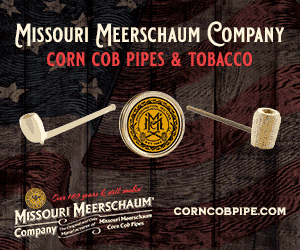

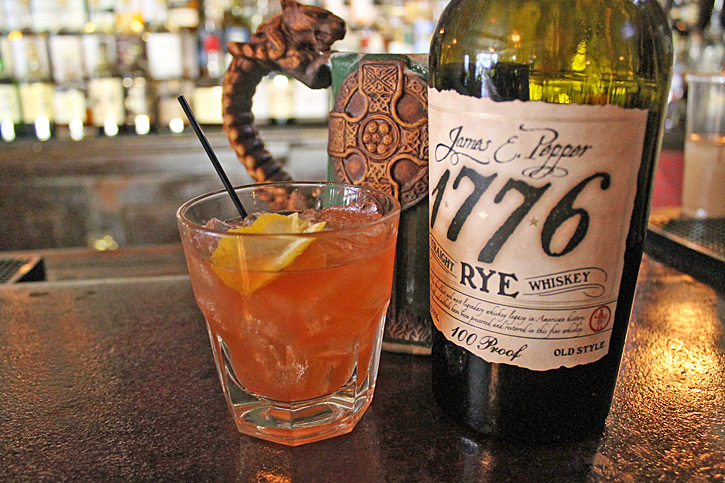
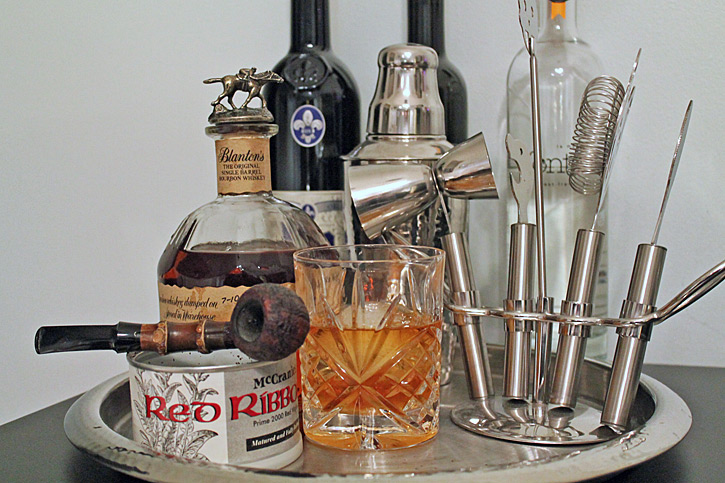



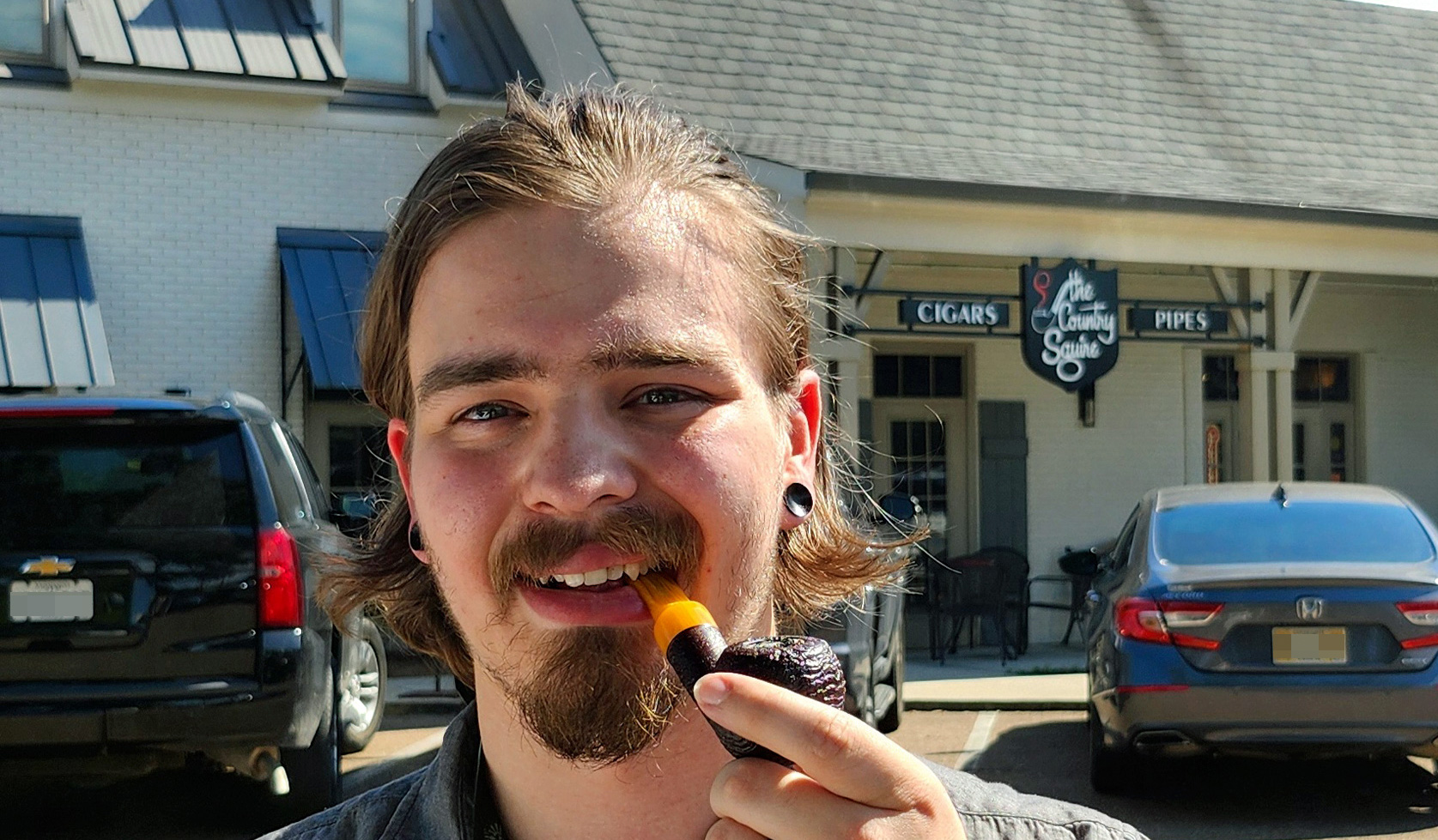

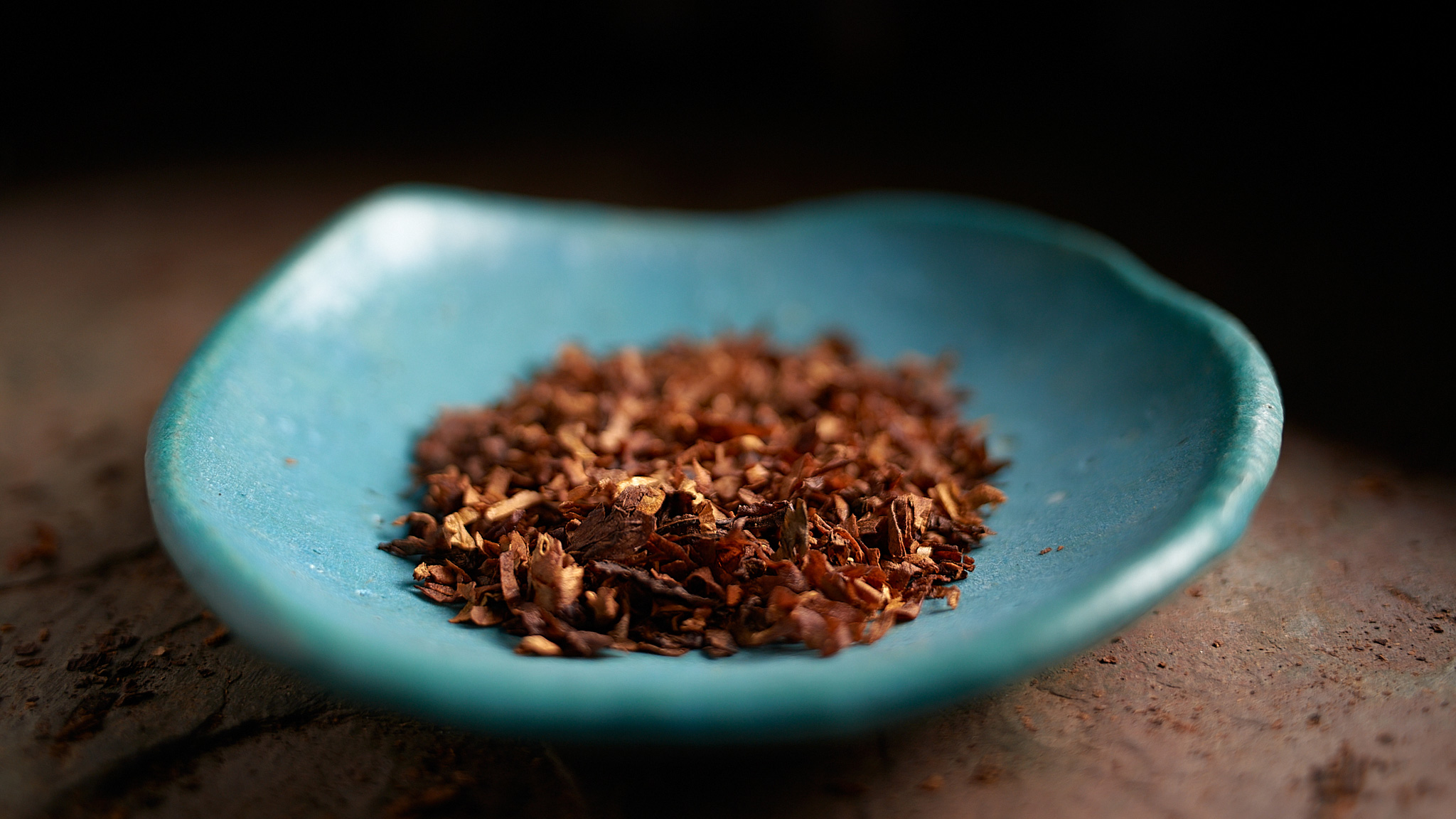
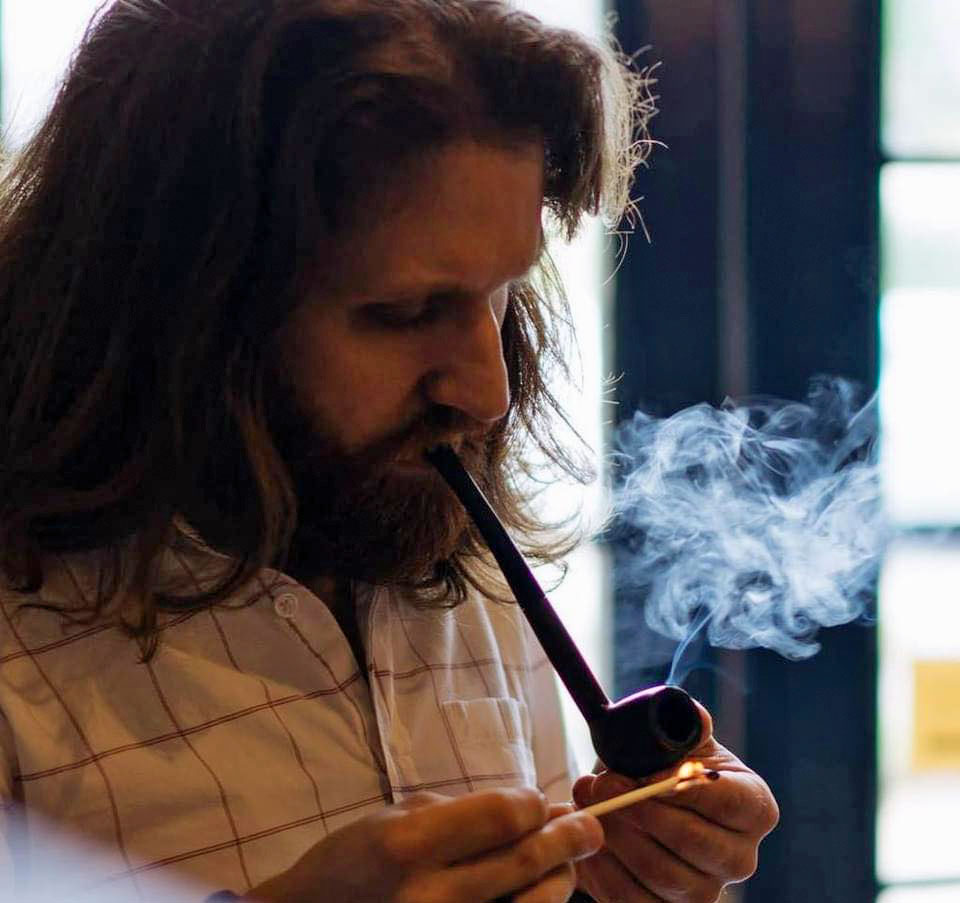

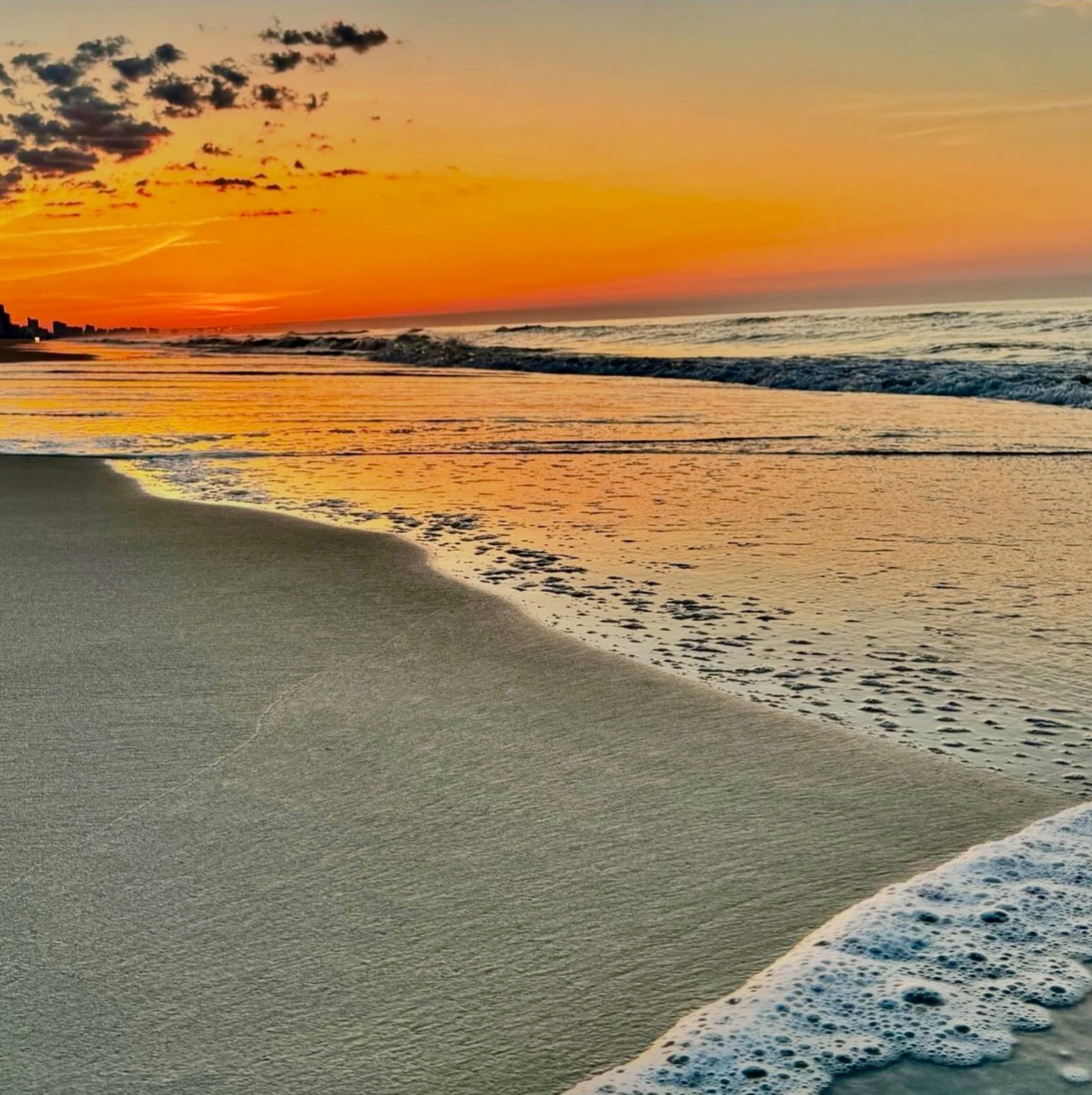




Great article. I plan on decreasing the amount of spirits I keep on hand. Mostly due to the fact that my friends rarely have anything other than a beer, so seldom does anyone ask for something from the bar.
I lean to bourbons and rums. With those I can still make a varying degree of cocktails. The “Old Fashioned” will be one of those go-to recipes. Just need some bitter and sugar cubes.
Wonderful read!
This is a wonderful article, and a super addition to the website. Thanks for an entertaining read and I’ll surely look forward to more in the near future. There’s no end to the vast array of recipes containing tobacco and alcohol. I guess that’s where it will end here, we have two out of three contained in ATF
Well researched, well written, worthwhile. (Although, speaking as an adjunct law prof, I have to wonder if you shouldn’t be getting ready for exams.)
I learned how to mix an Old Fashioned when I was about 10 years old, it being my folks’ favorite drink, a taste they acquired in the post WWII cocktail boom. At our house they were always made in the purist style (fruit as a garnish only) and always with bourbon, except for one uncle who would always as for a Scotch Old Fashioned which was then rendered — heaven forgive me — with Cutty Sark.
Forty-five years later, I much more inclined to drink a single malt, or perhaps bourbon or rye on the rocks, than to order a cocktail. And when I order the rare cocktail, it’s likely to be a Manhattan. But once or twice a year — often at the holidays — I’ll get or make an Old Fashioned for nostalgia’s sake. And having read this, I suppose I will do so tonight.
Good article!
That looks mouth watering good, especially on a cold Texas Hill Country day like today.
Put me squarely into the purist category. Fruit just detracts from the fine quality of the ingredients we have access to today.
My preferred method is to soak my cube of sugar with Pechyaud’s bitters, and I use about 4-5 dashes. But, I’m not particular about the whiskey, and have used any bourbon and rye on hand.
Went home last night and my son mixed me an Old Fashioned in the purist fashion. (I’d forwarded him the article which he enjoyed very much.) It was . . . wonderful. Nostalgia in a glass of spirits.
Then he mixed me another. And just one more.
Thanks for the fine attention to a wonderful topic.
tslex, don’t worry! I’m studying! 🙂
With the explosion in smaller micro-distilleries happening, it’s nice to see so many of the classics coming back. I had my first old-fashioned not all that long ago, and I’m looking forward to getting back around to try another.
Wow, I’m really, really looking forward to this column! Within the past months I’ve been getting more and more into classic mixology as well and I’m thrilled abouth what the next articles will bring. Some time ago, Neill Archer Roan already wrote about the Sazerac as a good pairing with English tobaccos, and it works really well for me, too. I’ve also made great experiences with Manhattans in several variations (here you can play nicely with different brands of whiskey, vermouth and bitters) as well as sours when you want a refreshing summer drink (especially the classic Daiquiri with a good, aged rum).
Thanks for this very interesting new topic!
Eddy
Informative article, Hope to see more of them!!!
The first mixed drink I ever had was bourbon Old Fashioned. That was in the late fifties. Still tadtes good.
Purist here. Most bartenders today don’t have a clue how to make an Old Fashioned. I usually have to school them, step by step. They ALWAYS muddle the fruit. WRONGO! That’s as bad as Ketchup on a hot dog. Never!
The Old Fashioned is a Whiskey drink, not some sissified, froo-froo “chick drink”.
Sugar cube, bitters, splash of water, muddle sugar and bitters, ice, 2oz. RYE Whiskey, splash of soda, stir, add cherry and orange slice as a garnish. DONE!
And a proper Martini is made with GIN, not Vodka. And certainly not apple, chocolate, cherry, etc., flavors. Ewwww.
Of course, drink what you like and like what you drink.
Cheers.
CACooper
Love The Cask and Ale and their Old Fashions! For such a simple drink, I’v never tried it at home. This article inspired me to make one tonight. Good stuff.